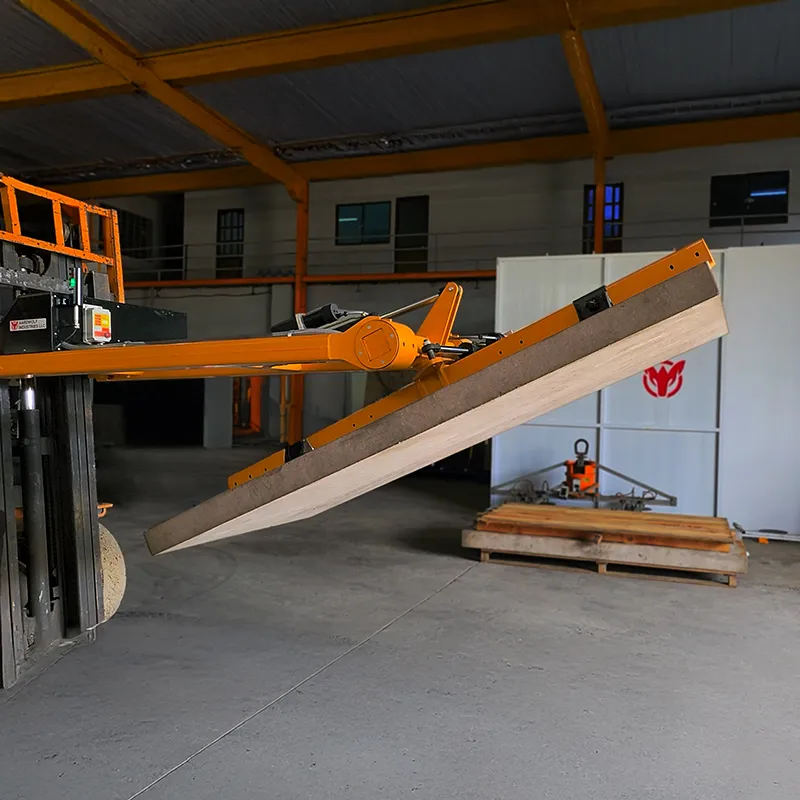Material handling is at the heart of every successful construction site, warehouse, or manufacturing facility. Whether you’re moving bricks across a job site, storing goods in a high-tech warehouse, or transporting raw materials for production, understanding the four key elements of material handling will optimize your processes, reduce costs, and enhance safety.
In this guide, we break down these fundamental elements, explain their role in the broader logistics strategy, and share best practices and equipment recommendations. This approach not only supports operational excellence but also helps organizations comply with safety standards and deliver exceptional results.

Table of Contents
ToggleWhat Is Material Handling?
Material handling refers to the movement, protection, storage, and control of materials and products throughout manufacturing, warehousing, distribution, consumption, and disposal. It’s not just about moving items from point A to point B—effective material handling is a system built on precision, planning, and the right equipment.
For an overview, see What Is Material Handling?
The Four Core Elements of Material Handling
Understanding these four elements enables safer workplaces, streamlined logistics, and higher productivity.
1. Movement
Movement is the transportation of materials—raw goods, components, or finished products—within a facility or between job sites. It can be manual (using carts, wheelbarrows, or hand trucks), mechanical, or motorized (forklifts, conveyors, hoists, and cranes).
Key Considerations for Efficient Movement:
- Lifting equipment for construction: Use Aardwolf Slab Lifters, Vacuum Lifters, and Jib Cranes to safely move heavy or awkward loads.
- Forklifts for construction: Essential for fast, efficient movement of palletized goods on job sites.
- Conveyors in construction: Automated systems move large quantities of materials over long distances, minimizing manual effort.
Proper movement practices reduce labor costs in construction, minimize fatigue, and increase construction productivity.
2. Storage
Storage is the organized holding of materials until they are needed. Proper storage keeps materials safe, secure, and accessible, which is crucial for smooth operations and inventory management.
Modern Material Storage Solutions:
- Pallet racking and shelving: Maximize vertical and horizontal space in warehouses.
- Bins, totes, and containers: Secure small parts and loose goods.
- Automated storage systems: Improve accessibility and reduce time spent searching for inventory.
Find guidance at Material handling Equipment and Material-handling Equipment.
3. Protection
Protection focuses on safeguarding materials, products, and workers from damage or injury during handling, storage, and movement. This element is essential to minimize material waste, reduce product loss, and maintain a safe work environment.
How to Protect Materials and Workers:
- Proper packaging and strapping: Prevents shifting, falling, or breakage.
- Use of correct equipment: Devices like Vacuum Lifters and slab lifters handle delicate or heavy loads with care.
- Safety barriers and guard rails: Shield workers and inventory from accidental impacts.
Investing in the right equipment and training directly improves safety on construction sites and in warehouses.
4. Control
Control refers to the management of material flow and the systems that track, schedule, and optimize every handling operation. It includes inventory management, process optimization, equipment maintenance, and compliance with regulations.
Achieving Control in Material Handling:
- Warehouse Management Systems (WMS): Digitally track inventory, orders, and equipment use.
- Standard Operating Procedures (SOPs): Ensure consistent and safe handling methods.
- Operator qualifications: Only trained workers should use motorized or heavy equipment—see What Qualifications Must a Worker Have to Work with Motorized Material Handling Equipment?
- Regular maintenance: Schedule checks for forklifts, hoists, conveyors, and safety devices.
With strong control measures, companies can increase construction productivity, ensure regulatory compliance, and avoid costly errors.
How the Four Elements Work Together
The most successful operations take a holistic view, integrating all four elements. For example:
- A construction site uses movement tools like Aardwolf Slab Lifters and forklifts to transport stone slabs to storage areas.
- Materials are kept in a secure storage system, protected from the weather and job site hazards.
- Safety harnesses and correct lifting techniques provide protection for both materials and workers.
- A foreman uses digital checklists and tracking software for control, ensuring every slab is accounted for and properly moved to its destination.
Equipment That Supports Every Element
- Movement: Jib Cranes, forklifts, conveyors, carts, and wheelbarrows
- Storage: Pallet racks, automated systems, bins, and shelving
- Protection: Proper packaging, safety guards, and specialized lifters
- Control: Inventory software, SOPs, training, and scheduled maintenance
Explore more:
- What Is Material Handling Equipment?
- Which of the Following Is a Motorized Material Handling Device?
- What Is Mechanical Material Handling?
Best Practices for Each Element
- Plan every move: Map out paths, choose the right equipment, and train all workers.
- Keep storage organized: Use labels, assign storage locations, and review regularly.
- Invest in protection: Use appropriate lifting aids and personal protective equipment (PPE).
- Automate control: Digital tools reduce errors and speed up decision-making.
Conclusion
Understanding the four elements of material handling—movement, storage, protection, and control—is the foundation for safe, efficient, and cost-effective operations. When combined with the right equipment and best practices, these elements help companies reduce labor costs, improve safety, increase productivity, and minimize waste.
Recommended Resources:

















Please log in to leave a comment.